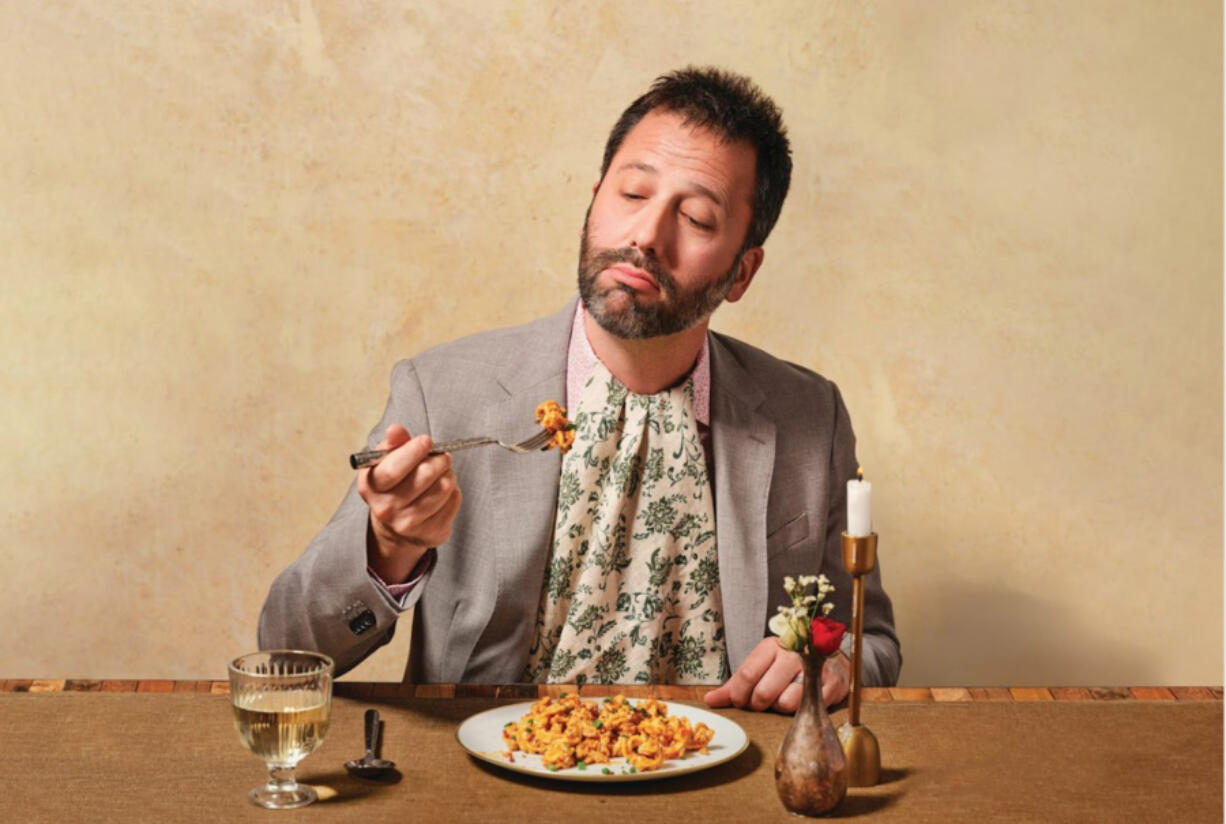“It’s a little hard to describe in audio,” Pashman said. “But basically, it’s a short shape with kind of a flat strip that curls almost like a comma, or half a heart if you look at it from the side. And then protruding out from that flat strip are two parallel ruffles that are perpendicular, sticking up from the flat strip, almost like Stegosaurus’ spine. But those two ruffle strips hold a lot of sauce in between them, the space between the two ruffles, I call the sauce trough and when sauce goes in there, it cannot escape.”
It is a squiggly but substantial little pasta. So why did he feel the need to invent a new shape?
“I was dissatisfied with a lot of the shapes that are out there,” Pashman said. “I have these three criteria that I came up with to judge all pasta shapes. So there’s forkability, how easy is it to get it on your fork and keep it there. Sauceability, how well the sauce adheres to the shape. And toothsinkability, which is how satisfying is it to sink your teeth into it. And I think a lot of shapes out there are good at one or two of those things. Very few nail all three. Spaghetti, the most popular shape out there, barely gets one right. It’s very hard to get a good bite of spaghetti on your fork. It’s either too much or too little. It’s got danglers getting all over your face. And certainly, we’ve all had the experience of eating a whole plate of spaghetti and meat sauce and you finished the pasta and half the sauce is still on the plate.”
What’s his go-to sauce now for cascatelli?
“One of my very personal favorites is a mapo tofu cascatelli recipe that’s in the cookbook,” Pashman said. “I collaborated with a great recipe developer and cookbook author, Andrea Nguyen, on that one. And Andrea has this cheat in a stroke of genius to take silken tofu, and instead of cubing it like you typically would for mapo tofu, she has you puree it, which gives the sauce like the thickness of a cream sauce without any dairy.”



